The Olympic Games hold a deep, timeless tradition, showcasing sports that have been around for centuries. Many of the earliest events were born in ancient Greece, reflecting both skill and endurance. Athletes competed fiercely in everything from races to combative sports, pushing the limits of their abilities. Over time, some sports have evolved while others remained true to their origins. This list explores the oldest Olympic events, detailing their history, equipment, and unique features that have kept them alive for millennia.
Running (Stadion Race)
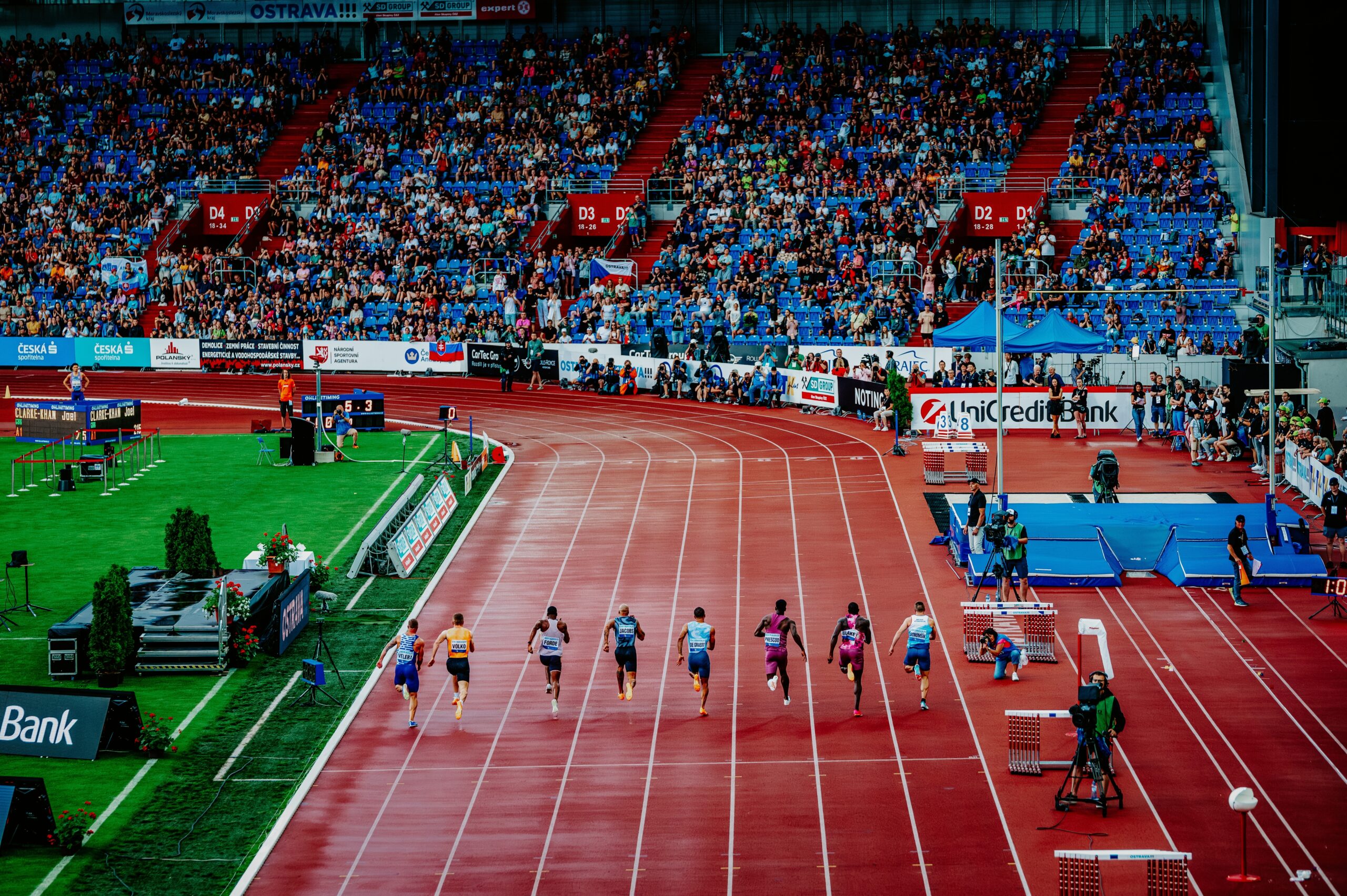
The Stadion Race, dating back to 776 BCE, was the first recorded Olympic sport. Athletes sprinted a single length of the stadium, covering roughly 192 meters. This race did not require any special equipment; runners competed barefoot. Only men participated in ancient times, typically in groups of twelve to twenty. Today, while the original Stadion race isn’t held, modern sprints in the Olympics share its spirit. The event laid the foundation for competitive running and symbolizes the athleticism and simplicity of the ancient Olympics.
Wrestling
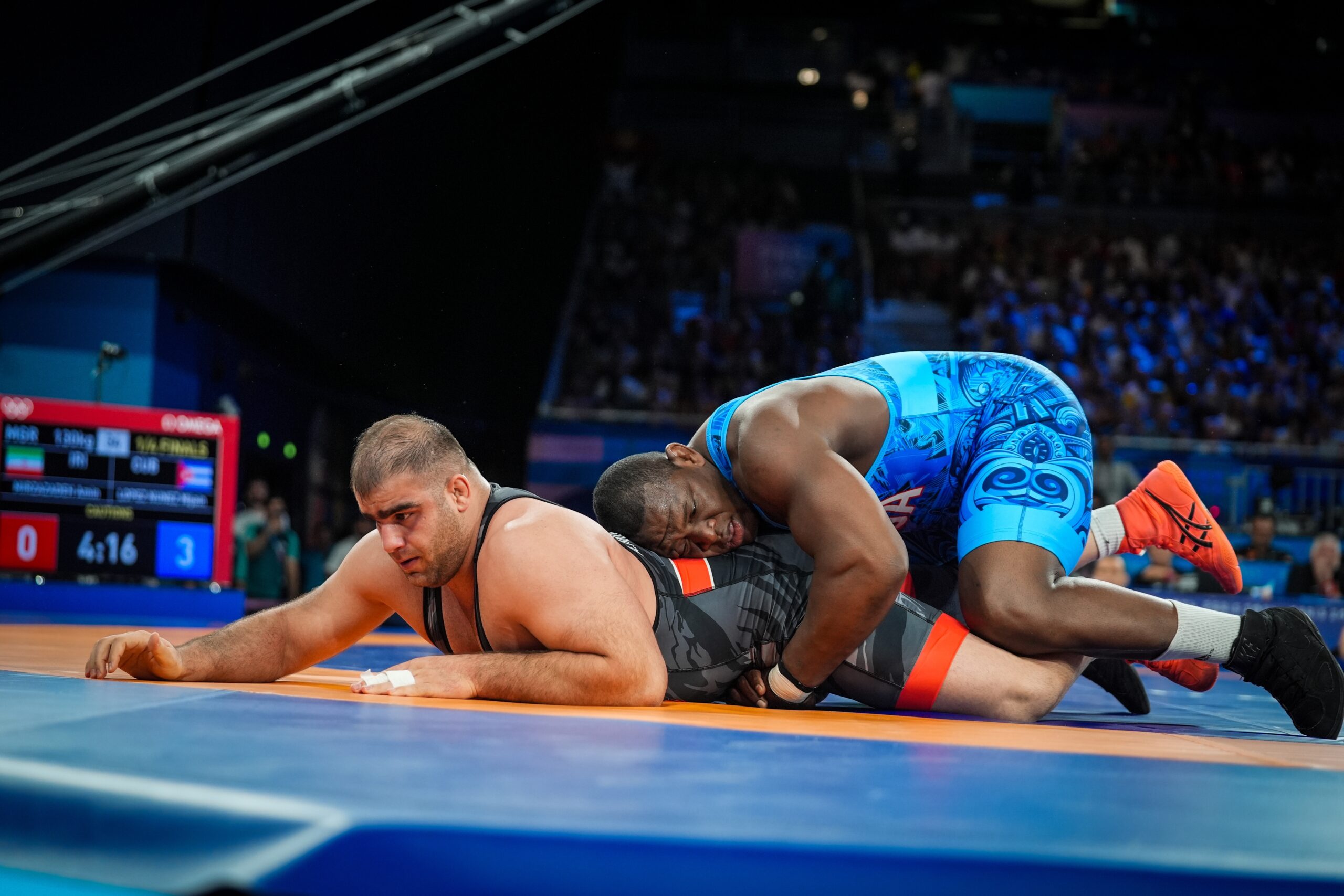
Wrestling, introduced in 708 BCE, was one of the first Olympic sports to include complex rules and techniques. Ancient wrestling, known as “pale,” involved grappling until one opponent could throw the other to the ground three times. No equipment was used; wrestlers competed naked to ensure fairness. Matches were usually one-on-one, emphasizing strength, strategy, and endurance. Wrestling remains an Olympic event, evolving with safety rules and protective gear. It holds a direct connection to the original Games, showcasing physical skill in a contest of strength and agility.
Boxing
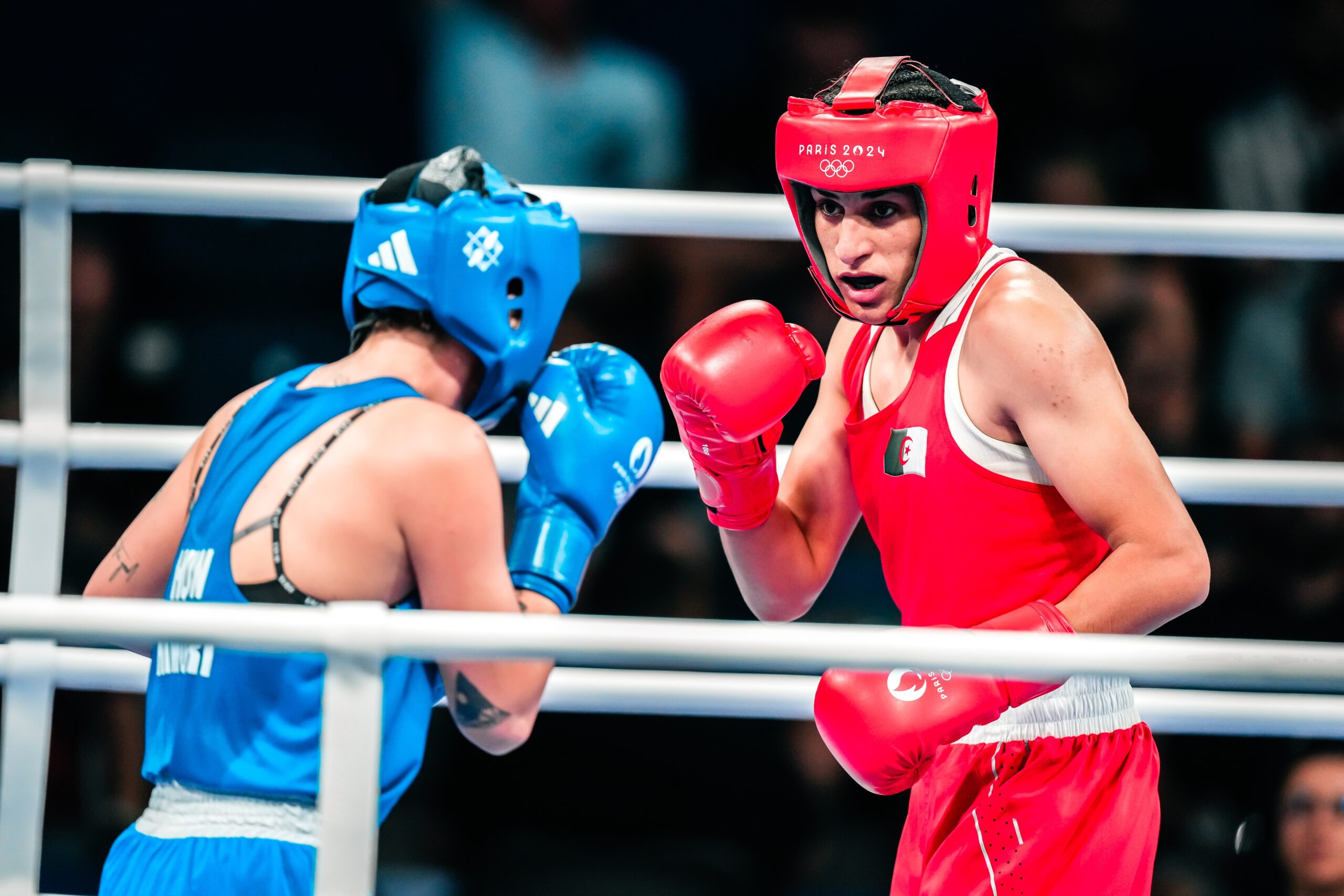
Ancient Olympic boxing, or “pyx,” was added in 688 BCE and followed a more brutal approach than today’s version. Boxers wore thin leather straps around their hands for some protection, but the lack of rounds meant bouts continued until one fighter could no longer continue. Boxing in ancient Greece was a test of toughness and raw power, often ending in severe injuries. Only two competitors faced off in each bout. While boxing remains an Olympic staple, it now features rounds, protective gloves, and weight classes, focusing on skill and technique over endurance alone.
Pankration
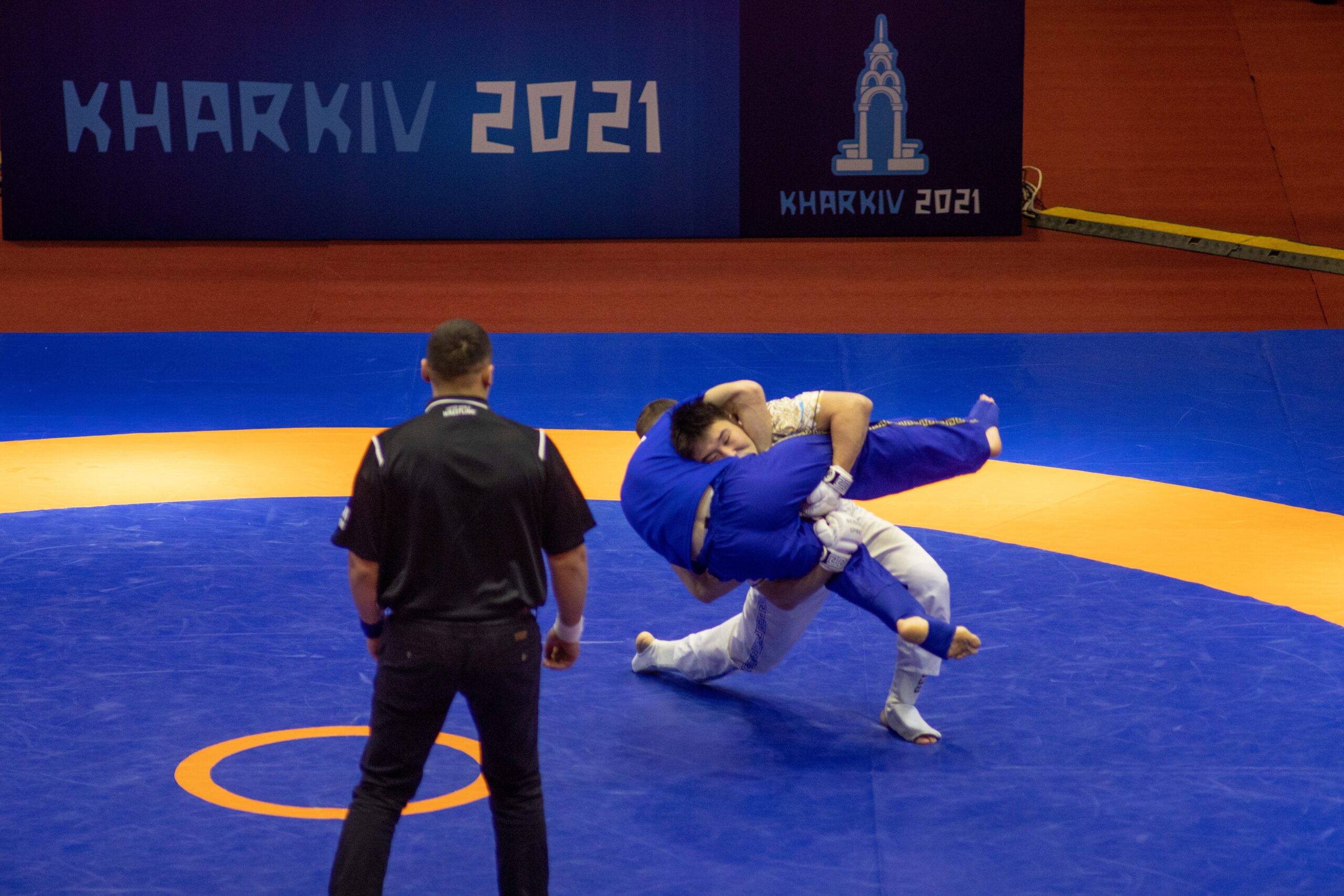
Introduced in 648 BCE, Pankration combined elements of wrestling and boxing, creating one of the earliest mixed martial arts. This brutal sport allowed almost any move except biting and eye-gouging. Athletes needed no equipment, competing barehanded and often naked. Pankration was a true test of endurance, with two competitors fighting until submission or unconsciousness. It remains one of the most extreme events of the ancient Olympics. Although no longer in the Olympic Games, its influence lives on in modern martial arts and MMA sports.
Long Jump
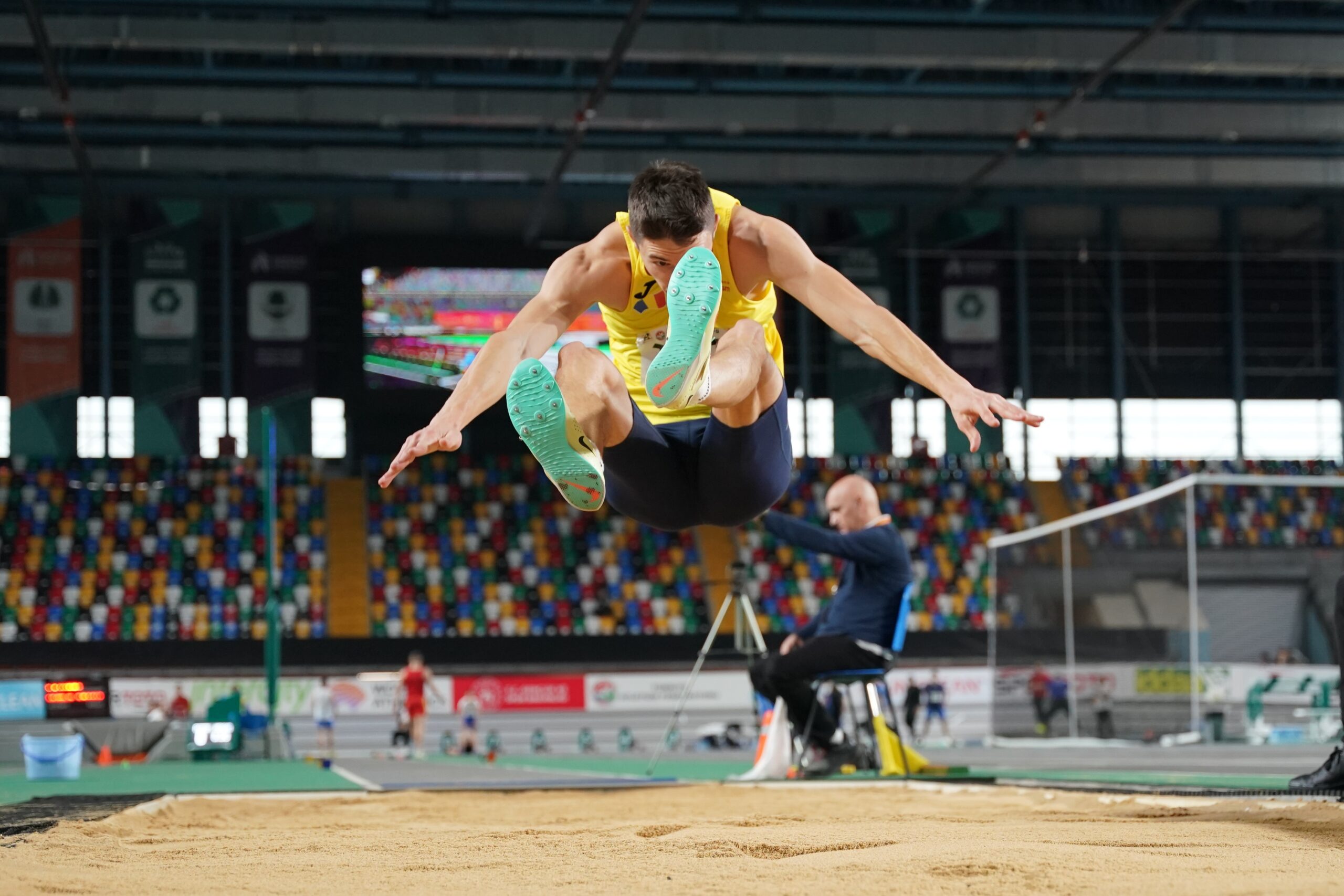
The long jump, part of the ancient pentathlon introduced in 708 BCE, differed significantly from today’s version. Jumpers used weights called “halteres” to increase their momentum, swinging them as they jumped to gain distance. Competitors jumped from a fixed point in a single leap rather than multiple rounds. Usually, only five athletes would compete per event, often chosen as part of their pentathlon performance. The long jump continues in modern Olympics, albeit without weights, showcasing pure leg power and technique.
Discus Throw
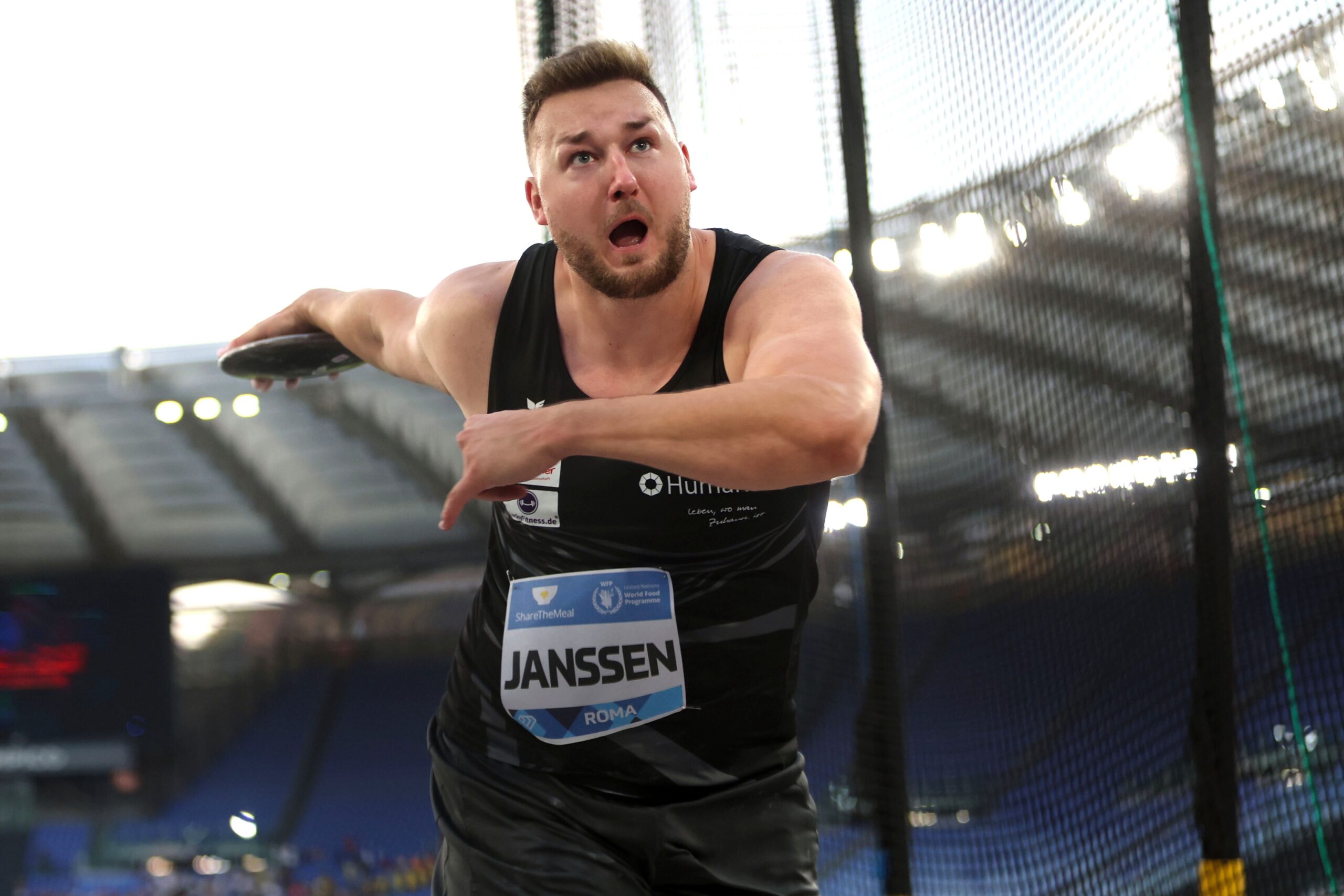
The discus throw, also part of the ancient pentathlon, emerged around 708 BCE. Athletes hurled a heavy circular stone or bronze discus, demonstrating precision and strength. Each discus was crafted for the individual, making them vary in size and weight. Competitors took turns throwing, with the longest throw determining the winner. Modern discus uses a standard weight and size, and it remains a core Olympic field event. The original event highlighted the balance of technique, power, and control necessary for long-distance throwing.
Javelin Throw
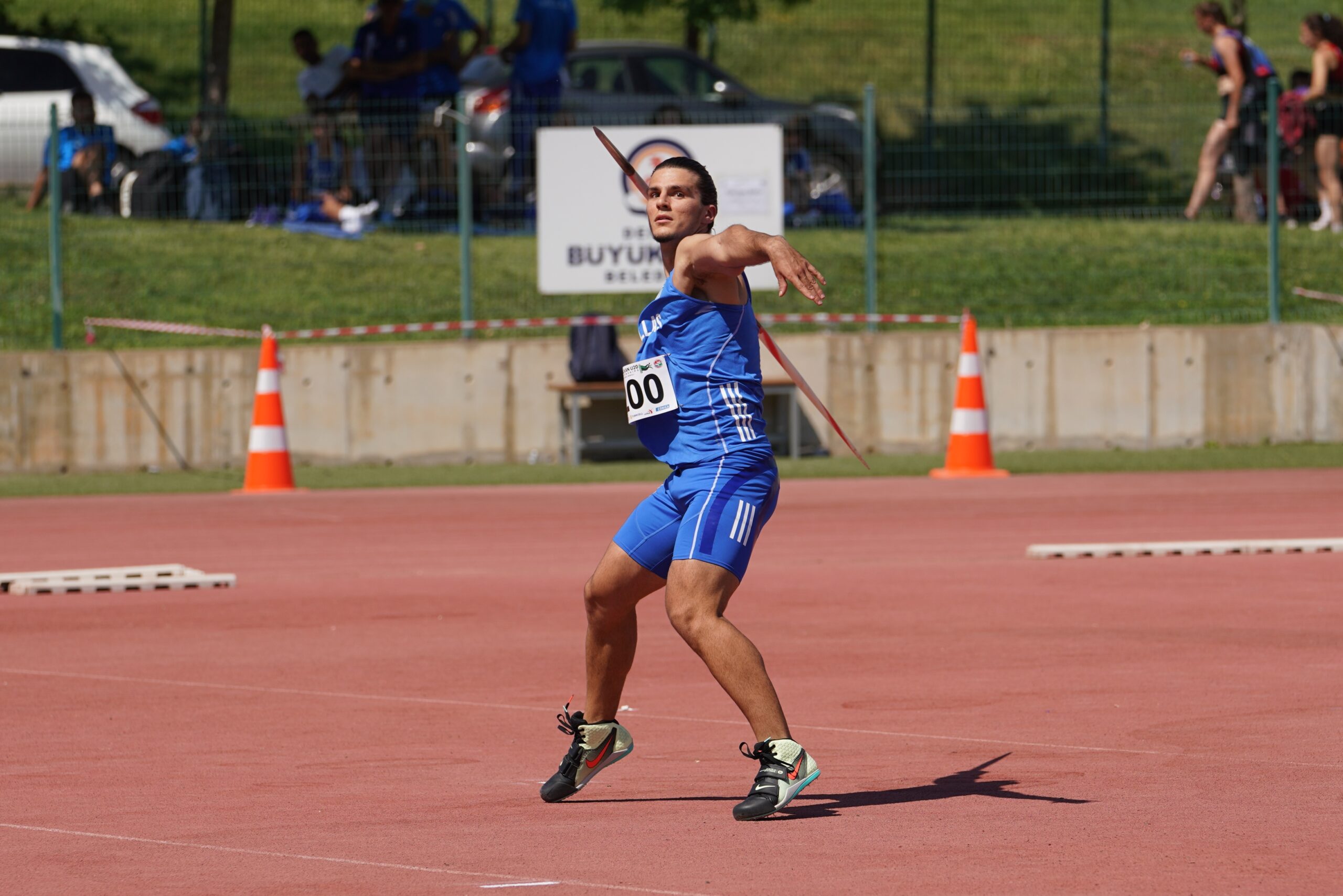
The javelin throw, introduced along with the pentathlon in 708 BCE, showcased the skills needed in warfare and hunting. Athletes threw a wooden spear, aiming for distance or accuracy, depending on the event. A leather thong, called an “amentum,” was often attached to add spin and increase throw distance. Usually, five to eight competitors participated, adding variety to the pentathlon. Today, javelin throwers still compete in the Olympics, using lightweight, aerodynamically optimized javelins to achieve impressive distances. The sport honors its origins while embracing modern athleticism and skill.
Pentathlon
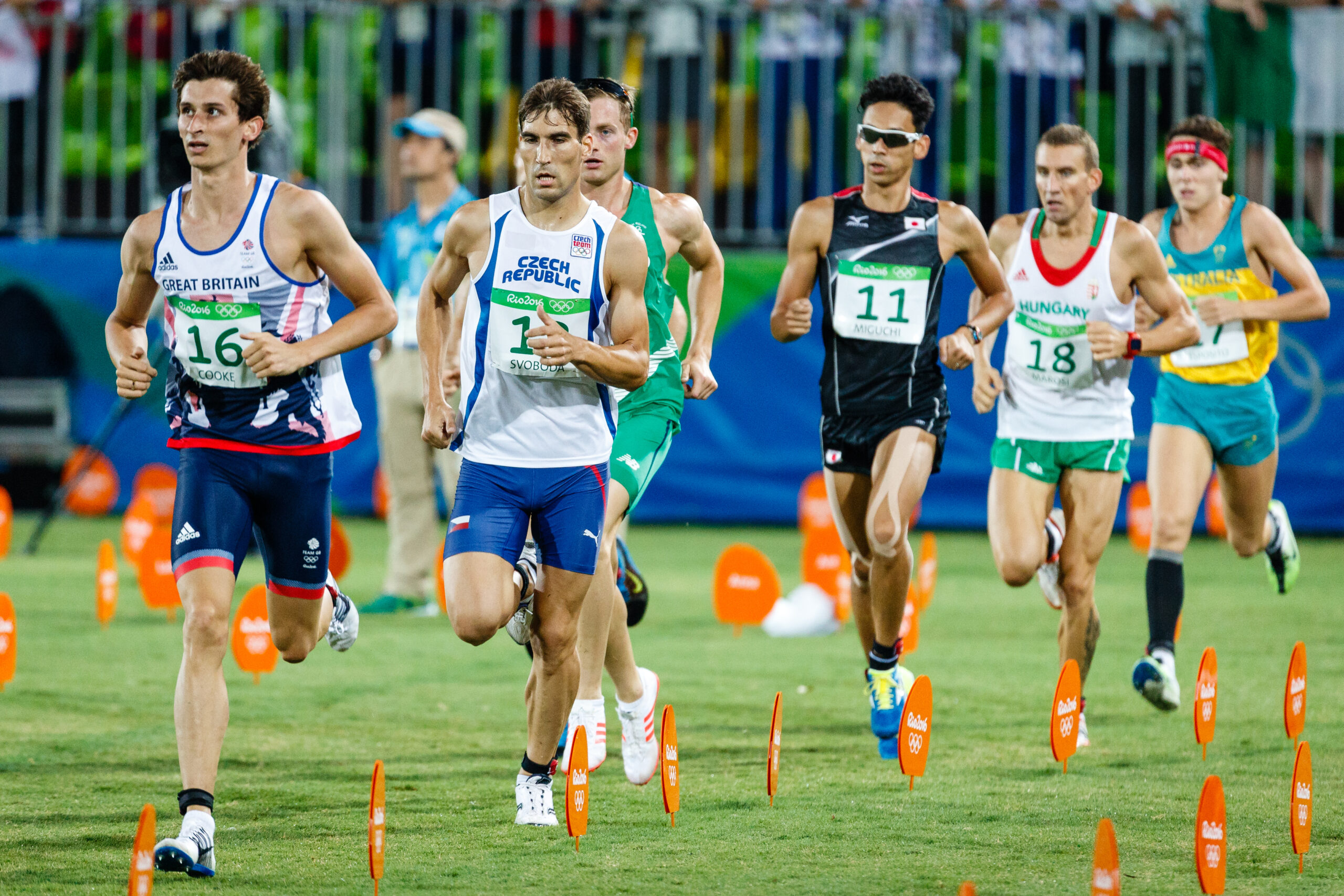
The pentathlon made its Olympic debut in 708 BCE as a five-event competition to determine the ultimate athlete. It combined running, long jump, discus throw, javelin throw, and wrestling, testing both strength and versatility. No additional equipment was required apart from what was used in each event itself. The pentathlon usually featured about five competitors, each vying for the title of all-around champion. Today’s Olympic pentathlon includes fencing, swimming, equestrian jumping, pistol shooting, and cross-country running, bringing a modern twist to the ancient test of skill.
Horse Racing
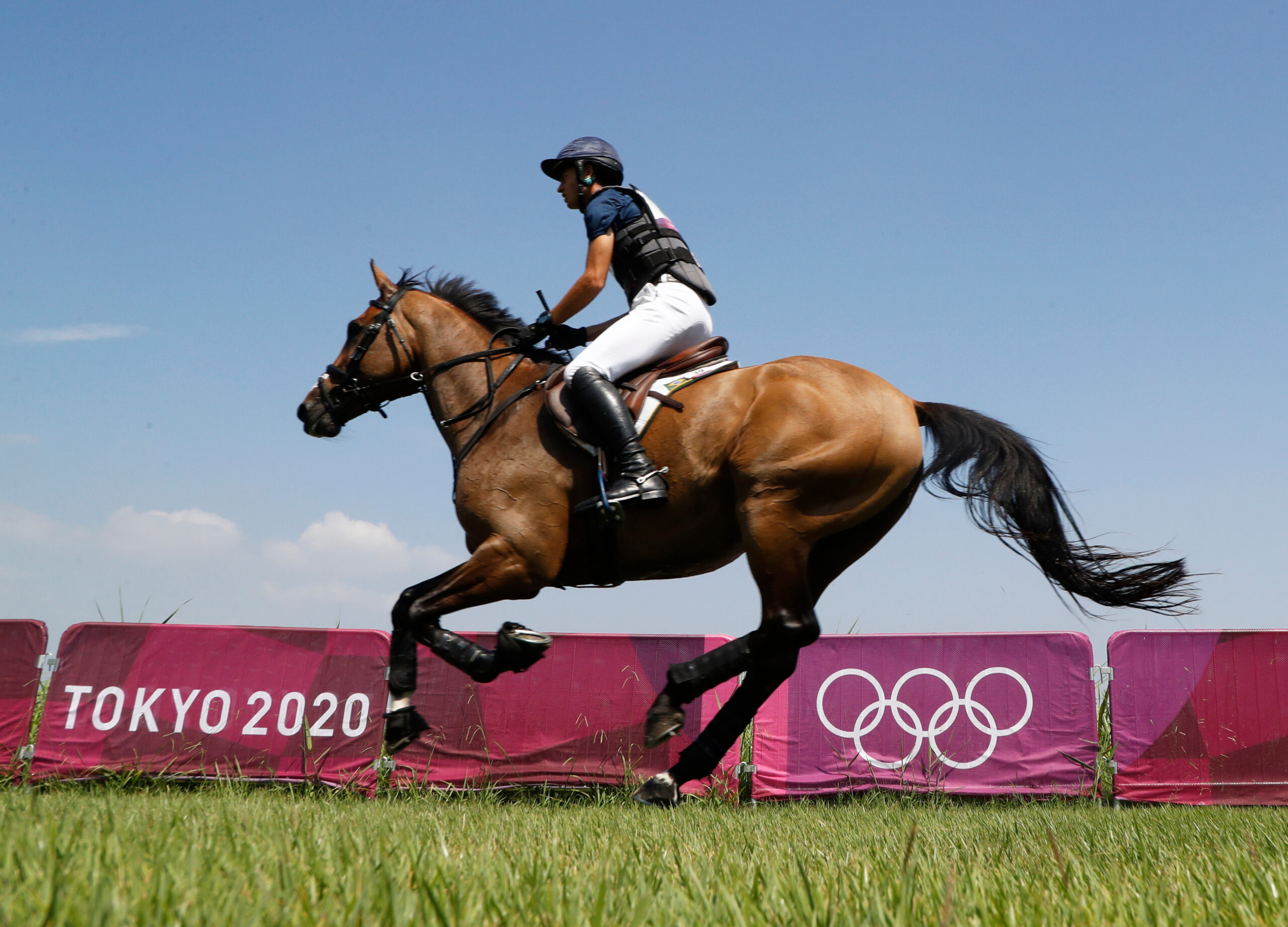
Horse racing became part of the ancient Olympics in 648 BCE, showcasing the speed and endurance of horses and riders. Chariot races were the most popular, with two-wheeled chariots drawn by two or four horses. Riders used only basic reins and harnesses, relying on skill and courage rather than additional safety gear. Typically, eight to twelve chariots competed in a single race, with frequent collisions on the track adding to the spectacle. While modern Olympic horse racing doesn’t exist, equestrian events capture its spirit, highlighting horse-and-rider dynamics.
Archery
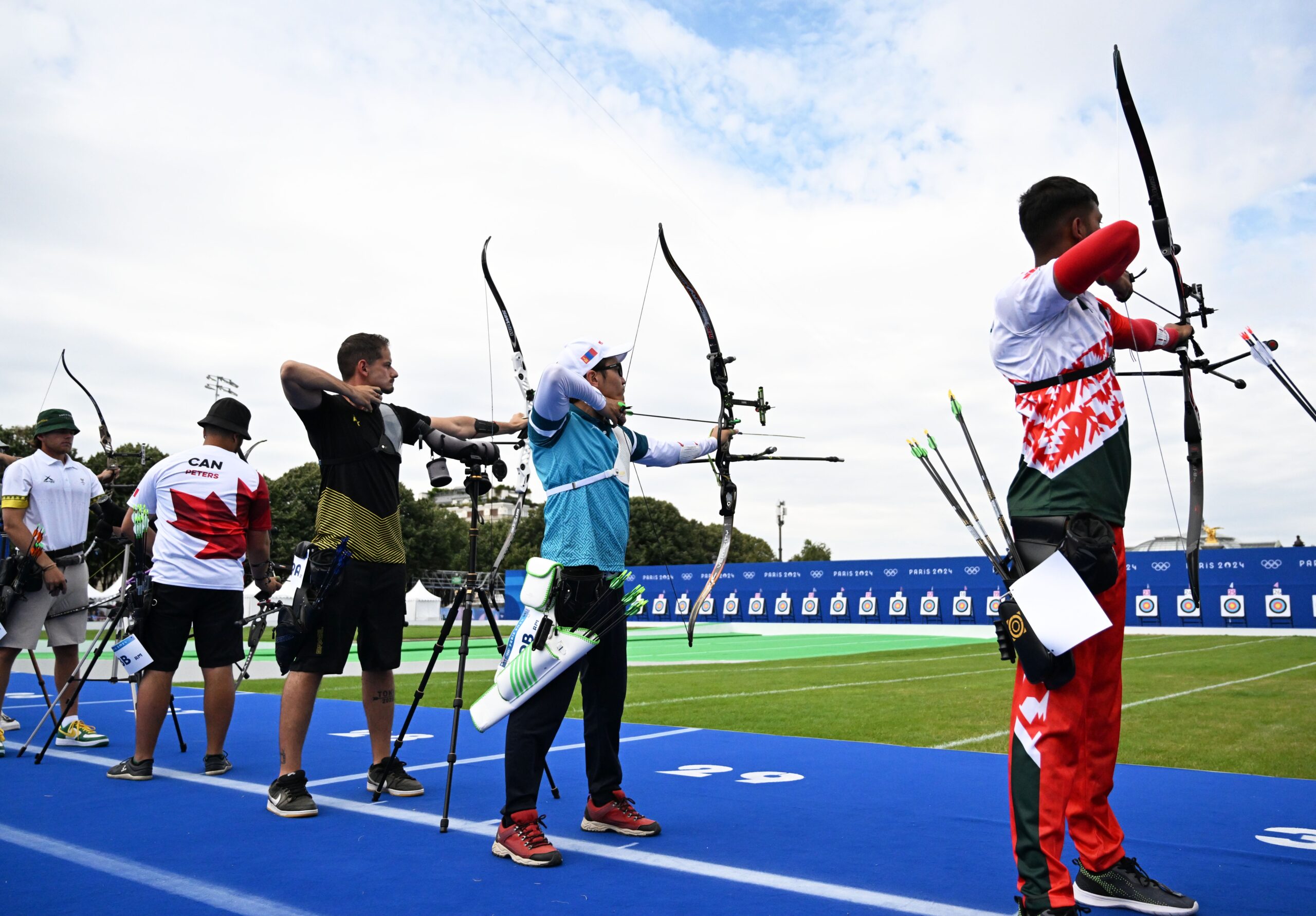
Archery, practiced for centuries before the Olympics, joined the modern Games in 1900, though it has ancient roots in hunting and warfare. Competitors aim at distant targets, requiring a high level of precision and focus. Bows, arrows, and arm guards are essential equipment, designed today with advanced technology for accuracy. Olympic archery competitions typically involve around sixty-four competitors in a knockout format. The event honors ancient archers’ skill while using updated gear, making it a lasting and precise Olympic sport.
Equestrian
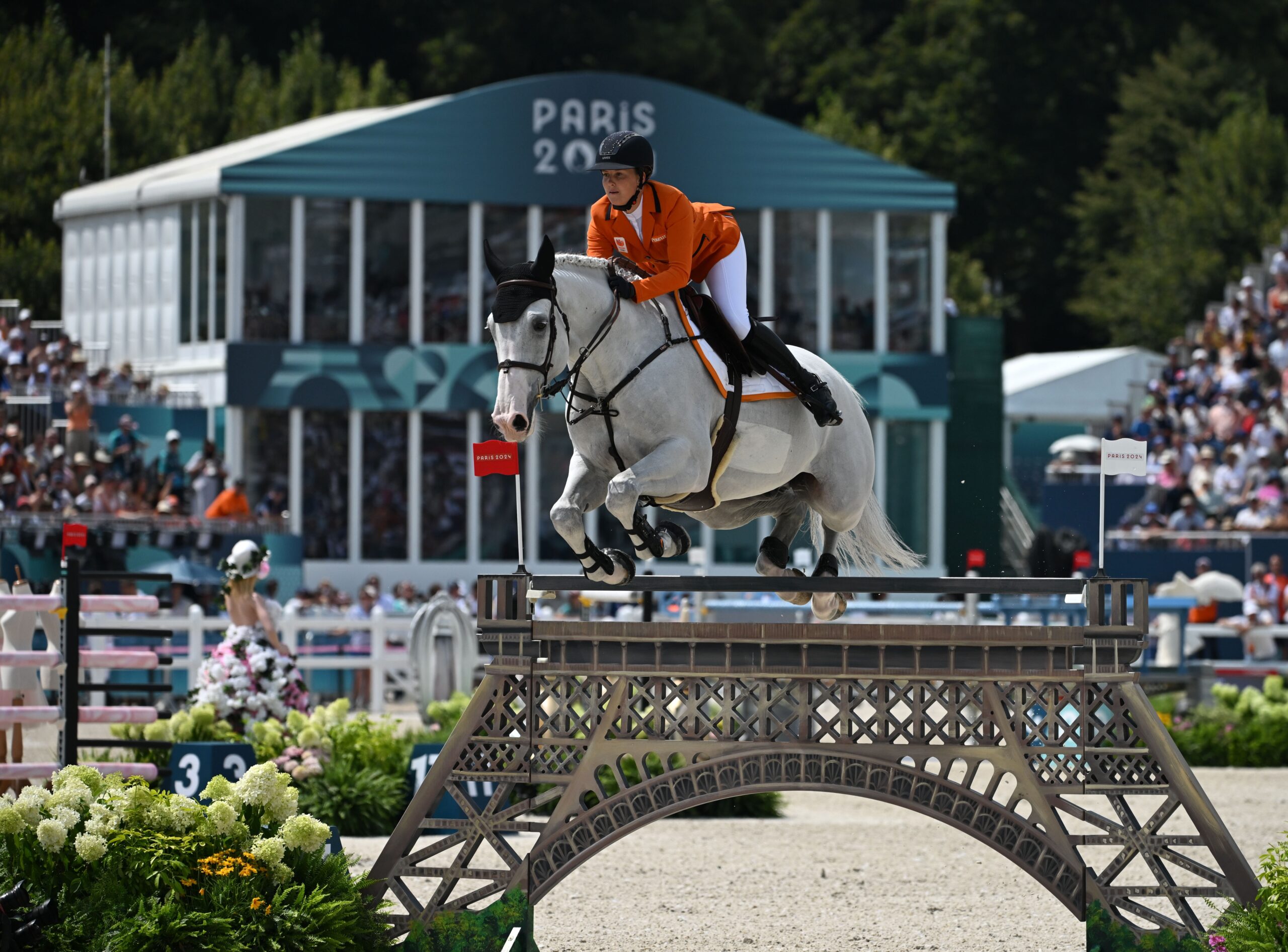
Equestrian events became part of the Olympics in 1900, though horse-riding sports have ancient origins linked to battle training and showmanship. Modern events include dressage, show jumping, and eventing, each requiring specialized equipment like saddles, bridles, and protective gear. Typically, around seventy to eighty riders compete in each equestrian event, demonstrating a unique bond between horse and rider. Equestrian events remain an Olympic staple, bridging the gap between athleticism and animal partnership.
Sailing
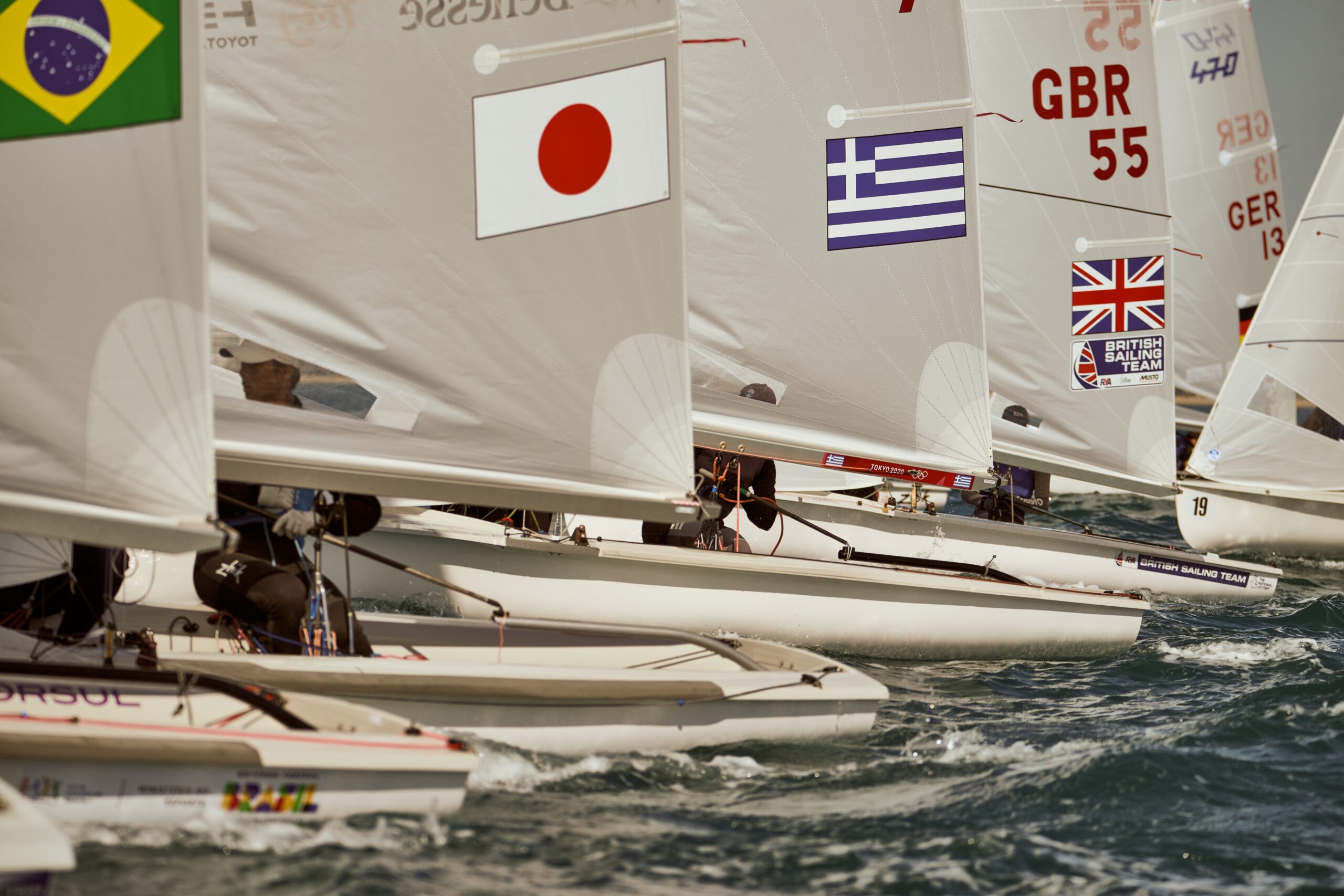
Sailing joined the Olympics in 1900, though it reflects an ancient connection to seafaring and navigation. Competitors race in various classes of sailboats, each with its own rules and specifications. Special equipment includes sails, ropes, and technical navigation tools. Typically, forty to fifty sailors compete across multiple events, navigating challenging courses to test speed, strategy, and skill. Olympic sailing honors an age-old relationship with the sea, blending physical ability with maritime knowledge.
Gymnastics
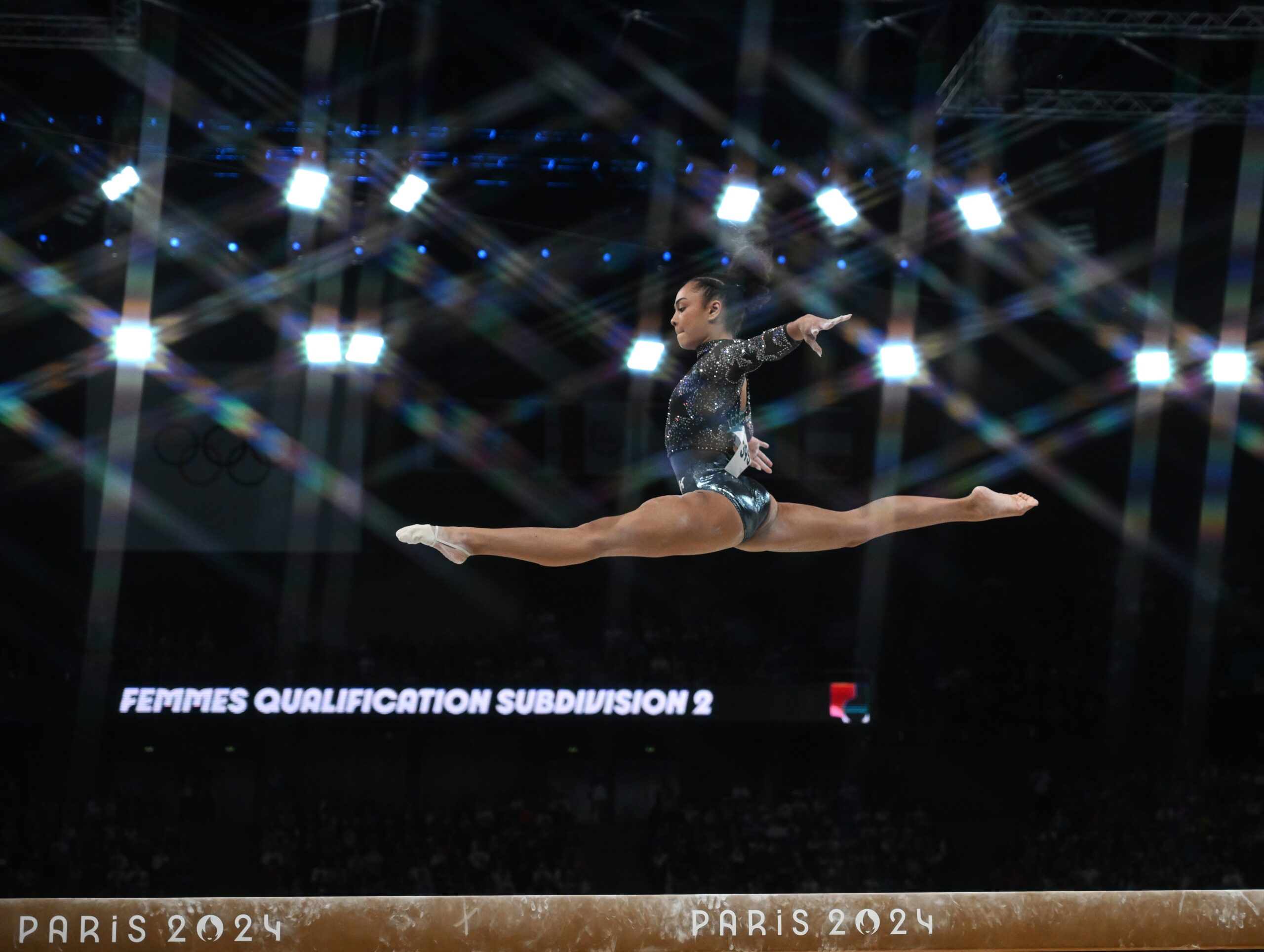
Gymnastics, with roots in ancient Greece, became an Olympic event in 1896, evolving from practices that tested balance, strength, and flexibility. Events include apparatus like rings, bars, and balance beams, each requiring specialized skills and equipment. In modern competitions, each apparatus has a set of rules, and competitors use chalk and grips to enhance safety and performance. Olympic gymnastics often see participation from over a hundred athletes, each showcasing their discipline and artistry. The sport remains a mesmerizing Olympic event, combining precision with athletic grace.
This article originally appeared on Rarest.org.
More from Rarest.org
10 Largest Libraries in the World

Libraries play a vital role in preserving human knowledge, culture, and history. Read More.
10 Oldest Monarchies in The World
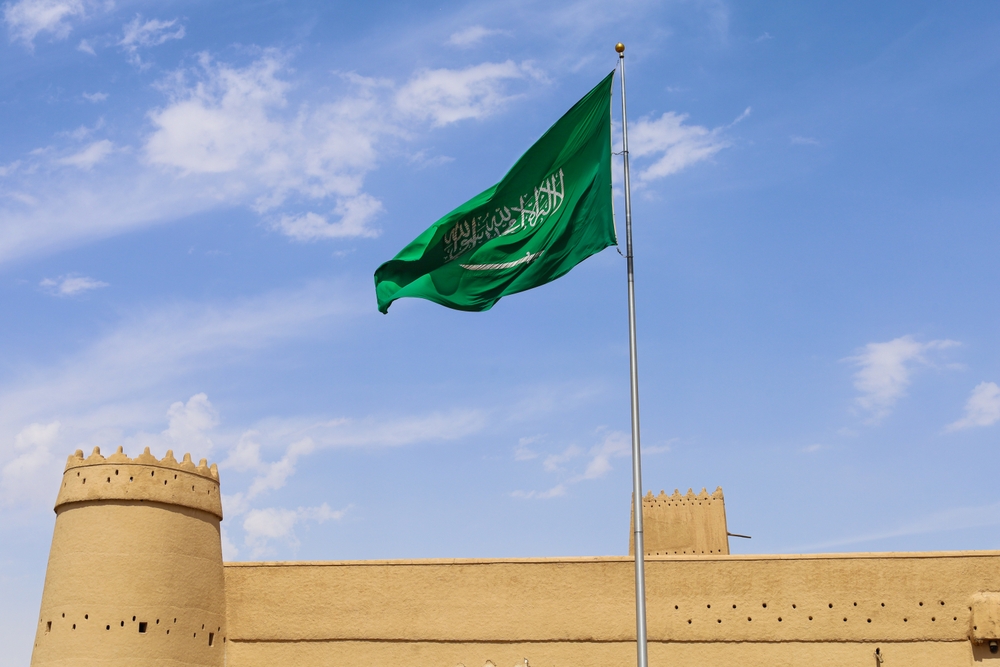
Monarchies are among the oldest forms of governance, with many still functioning today, whether as ceremonial symbols or wielders of significant power. Read More.
12 Unique Marine Creatures That Migrate Across Vast Ocean Distances
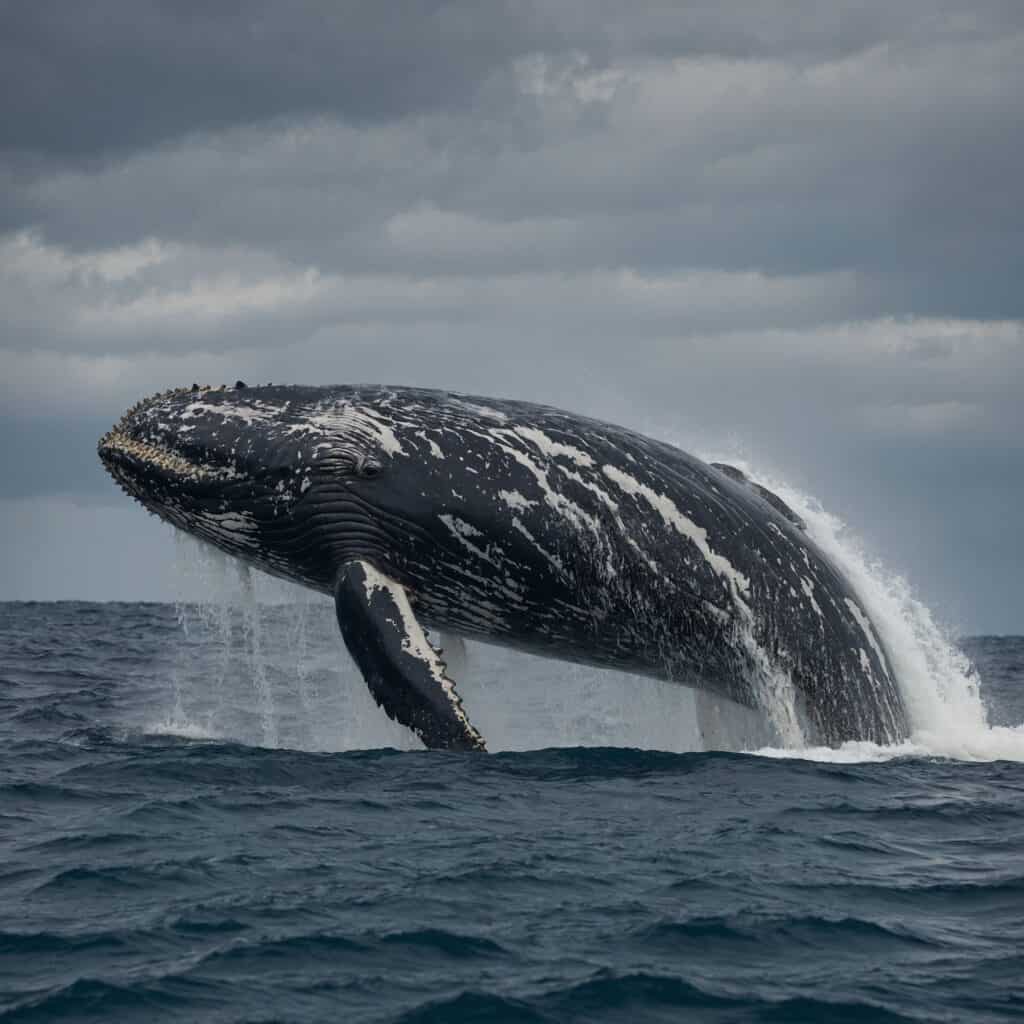
The world’s oceans are home to countless fascinating creatures, many of which embark on extraordinary migrations across vast distances. Read More.
